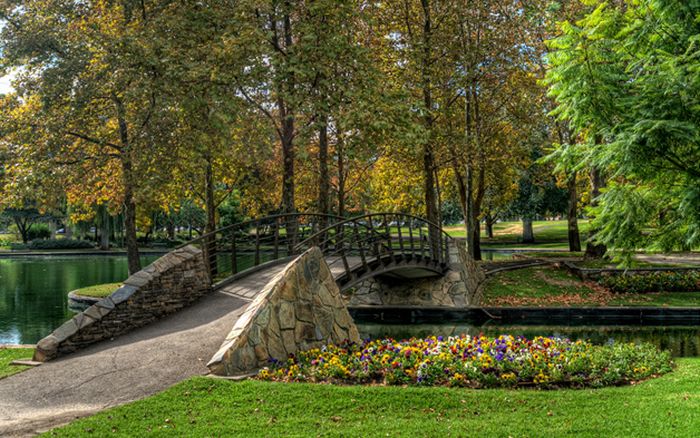|
|
Photos Of Australia
|
• Religion
Australia has no state religion and section 116 of the Australian Constitution, prohibits the federal government from making any law to establish any religion, impose any religious observance, or prohibit the free exercise of any religion. In the 2006 census, 64 per cent of Australians were counted as Christian, including 26 per cent as Roman Catholic and 19 per cent as Anglican. About 19 per cent of the population stated "no religion" (which includes humanism, atheism, agnosticism and rationalism), which was the fastest-growing group from 2001 to 2006, and a further 12 per cent did not answer (the question is optional) or did not give a response adequate for interpretation. The largest non-Christian religion in Australia is Buddhism (2.1 per cent), followed by Islam (1.7 per cent), Hinduism (0.8 per cent) and Judaism (0.5 per cent). Overall, fewer than 6 per cent of Australians identify with non-Christian religions.
Prior to European settlement in Australia, the animist beliefs of Australia's indigenous people had been practised for millennia. In the case of mainland Aboriginal Australians, their spirituality is known as The Dreamtime and it places a heavy emphasis on belonging to the land. The collection of stories which it contains shaped Aboriginal law and customs and Aboriginal art; story and dance continues to draw on these spiritual traditions. In the case of the Torres Strait Islanders who inhabit the islands between Australia and New Guinea, spirituality and customs reflected their Melanesian origins and dependence on the sea. The 1996 Australian census counted more than 7000 respondents as followers of a traditional Aboriginal religion.
Since the arrival of the First Fleet of British ships in 1788, Christianity has grown to be the major religion. Consequently, the Christian festivals of Christmas and Easter are public holidays, the skylines of Australian cities and towns are marked by church and cathedral spires, and the Christian churches have played an integral role in the development of education, health and welfare services in Australia. The Catholic education system operates as the largest non-government educator, accounting for about 21% of all secondary enrolments at the close of the first decade of the 21st century, with Catholic Health Australia similarly being the largest non-government provider. Christian welfare organisations also play a prominent role within national life, with organisations like the Salvation Army, St Vincent de Paul Society and Anglicare enjoying widespread support. Such contributions are recognised on Australia's currency, with the presence of Christian pastors like Aboriginal writer David Unaipon ($50) and founder of the Royal Flying Doctor Service, John Flynn ($20). Other significant Australian religious have included St. Mary McKillop, who became the first Australian to be recognised as a saint by the Roman Catholic Church in 2010 and Church of Christ pastor Sir Douglas Nicholls, who, like Martin Luther King in the United States, led a movement against racial inequality in Australia and was also the first indigenous Australian to be appointed as a State Governor.
|
|









